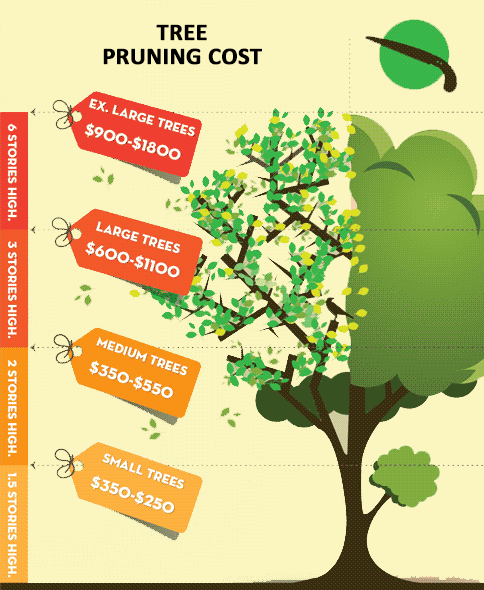When it concerns seasonal tree care, guaranteeing appropriate management before and after removal can considerably influence the health and appearances of your landscape. By understanding the essential steps involved in examining tree wellness and planning for elimination, you can proactively safeguard your home. But what about the crucial techniques to adhere to once the tree is gone? Remain tuned to discover the essential post-removal care steps that will help you cultivate a successful and lasting environment for your trees.
Pre-Removal Tree Care
Prior to addressing the elimination of a tree, it's crucial to prioritize pre-removal tree treatment. Beginning by evaluating the tree's health and architectural integrity. Seek signs of illness, insect invasions, or any structural problems that may present a security hazard throughout removal. It's vital to speak with a certified arborist to establish the most effective course of action.
Pruning dead or diseased branches can prevent additional damages to the tree and guarantee a smoother elimination process.
In addition, take into consideration the environmental impact of removing the tree. Trees play an essential function in our ecosystem, so planting a new tree in an appropriate location can help counter any kind of loss. Ensure that you have the necessary authorizations and approvals for tree elimination, specifically if the tree is safeguarded by local guidelines.
Seasonal Maintenance Tips
Evaluating your tree's needs throughout the year is necessary for its health and wellness and long life. To keep your trees in top condition, adhere to these seasonal upkeep pointers.
In springtime, focus on trimming to remove dead or broken branches and encourage new growth.
Summer asks for regular watering, especially throughout droughts, to ensure your tree remains hydrated.
As autumn strategies, keep an eye out for early indicators of condition or anxiety, and think about applying mulch to safeguard the roots during winter months.
In winter, be cautious when removing snow from branches to stop damage, and continue to check your tree's total health and wellness.
Keep in mind to readjust your treatment routine based upon the particular requirements of your tree varieties and neighborhood environment. By remaining alert and aggressive throughout the seasons, you can assist your trees prosper and thrive for many years to find.
Post-Removal Tree Care
To make certain the health and wellness of your landscape even after tree removal, proper post-removal treatment is important. After a tree is removed, it's crucial to fill up the staying opening with topsoil and small it to stop settling. This will certainly help maintain the stability of the ground and stop prospective risks in the future.
Consider growing brand-new plant life in place of the gotten rid of tree to recover the balance and aesthetic appeals of your landscape. On https://www.popularmechanics.com/home/lawn-garden/how-to/g2581/landscaping-ideas-for-low-maintenance-yard/ to promote the growth of brand-new plants and prevent dirt erosion.
Check the bordering trees for any kind of indicators of illness or stress that might have been brought on by the eliminated tree. Keep https://griffinidyrm.like-blogs.com/30967556/explore-the-complex-realm-of-tree-removal-where-every-stage-is-critical-in-reshaping-your-exterior-setting-yet-what-enigmas-wait-for-beyond-the-branches-and-tree-stays out for pests that may've been attracted to the previous tree and take preventive measures to shield the staying greenery.
If https://cesarsnhcv.onzeblog.com/31106176/the-significance-of-trimming-trees-exactly-how-regular-treatment-can-increase-tree-health-and-wellbeing , seek advice from a specialist arborist to analyze the impact of the removal on the bordering trees and identify any added treatment needed. By adhering to these post-removal care steps, you can make certain the ongoing wellness and appeal of your landscape.
Final thought
To conclude, aggressive seasonal tree care is essential for preserving the health and equilibrium of your landscape. By evaluating tree health, trimming, and talking to an arborist before removal, you can guarantee a risk-free process. After removal, loading the hole, growing brand-new plant life, and routine watering will advertise brand-new growth and prevent disintegration. Bear in mind to examine surrounding trees for disease and seek further treatment steps from an arborist to keep your landscape flourishing.
